 A stream of customers and artistic admirers wandered amid vibrators, porn and Alleviate, Jes Sachse’s erotic photography series, which hung inside Come as You Are (CAYA) on May 7, as part of Toronto’s CONTACT photography festival.
A stream of customers and artistic admirers wandered amid vibrators, porn and Alleviate, Jes Sachse’s erotic photography series, which hung inside Come as You Are (CAYA) on May 7, as part of Toronto’s CONTACT photography festival. In a jean vest, with a blonde fringed faux hawk and a silver lightning bolt dangling from her ear, Sachse publicly addressed the negative reactions her debut Contact show received during its initial week of exposure. “If work is self- representative we often take the hit,” she said to the crowd on opening night.
Her collection will be featured at CAYA until June 15th, and focuses on visible disability and self portraiture through the lens of the subject, in an attempt to transcend the stereotypical gaze of disability. From freak shows to the medical text narrative, Sachse uses her own body to juxtapose clichéd imagery in playful and provocative ways.
She plays with gender ambiguity in a series entitled “Hair.” Standing at the foot of a basement with her breasts covered in tin foil and a surgical mask over her face or a pylon grasped between her legs, wearing a moustache.
 Sachse was born with a rare condition known as Freeman-Sheldon Syndrome and has scoliosis which curves the spine.
Sachse was born with a rare condition known as Freeman-Sheldon Syndrome and has scoliosis which curves the spine.Sarah-Forbes Roberts, one of the co-owners of CAYA said that last spring she invited Sachse to participate in CONTACT 2009 at their venue because she feels there needs to be a place to showcase diverse artistic images of bodies that aren’t mainstream.
“It’s sort of this moment that throws open the door to what is beautiful,” said Roberts, who feels Sachse’s work ties in with the store’s mandate of accessible sexuality.
Her eclectic hodgepodge of photography dates from 2006 up until this past December when she decided to invite viewers into the private space of the bathroom, as opposed to the “yes we can” public image of the wheelchair roving individual. One photograph in particular has generated quite a response.
Sachse stands nude in the shower, grasping the edge of a white plastic curtain as hair dye runs in between her breasts, over her short torso and in between her long legs. A heart reading “crooked” is etched on her chest as tattooed squid tentacles wrap around her arm. Her head is tilted, mouth open, eyes challenging the camera.
 “It makes you uncomfortable because I’m naked but I’m also not looking at you in this very renaissance-woman-naked-on-a-couch kind of passive stare, I’m engaging you,” she said.
“It makes you uncomfortable because I’m naked but I’m also not looking at you in this very renaissance-woman-naked-on-a-couch kind of passive stare, I’m engaging you,” she said.Audience reactions ranged from “Is that attractive?” to “Why would anyone want to see that?” Sachse worked with Cory Silverberg, part co-owner of CAYA to print an educational Q&A response to be posted in the store with copies available for visitors to take.
She realizes that feedback has less to do with her and more to do with the viewers. “You kind of plant a seed. In that act I’ve done my job.”
But backlash has erupted from more than one source. After submitting a blurb about her show to CONTACT organizers in December, which was published on the webpage and printed in distributed magazines, Sachse noticed it was altered without her notification.
 The updated version indicated that observers of Alleviate would be extended an invitation to take a “fresh look” at physical disabilities.
The updated version indicated that observers of Alleviate would be extended an invitation to take a “fresh look” at physical disabilities.“I felt like it really fucked with everything else I wrote because the whole point is to replicate the most tired archetypes that are associated with disability and to self represent and make new ones,” said Sachse, who felt the word “fresh” was a huge contradiction.
“Here I am trying to sell disability. Disability like you’ve never seen it before kind of deal,” she said in a mocking tone. “I was so mad.”
Last year during the Erotic Blender Art Exhibit at the Gladstone Hotel an Eye Weekly reporter who interviewed her commented on how articulate she was before remarking that “disability is so en vogue,” said Sachse.
This is the type of vibe she has received from the Toronto art scene. “Any media attention has had to do with the fact that disability is, I don’t now, the new black or something.”
But Sachse plans to incorporate these experiences into her art in a variety of different media. Currently in the works, a collaborative documentary will follow the responses her work has received over the years and include other politically like-minded artists. She will continue exploring ways to photograph the medical narrative, infantalization, iconography and censorship associated with disability.
 “My method of dealing with stuff is tongue and cheek kind of humour. I’ve come to realize doing the work itself is enough in terms of addressing it. Adding to the dialogue is enough.”
“My method of dealing with stuff is tongue and cheek kind of humour. I’ve come to realize doing the work itself is enough in terms of addressing it. Adding to the dialogue is enough.”*Published in the June issue of The Ryerson Free Press
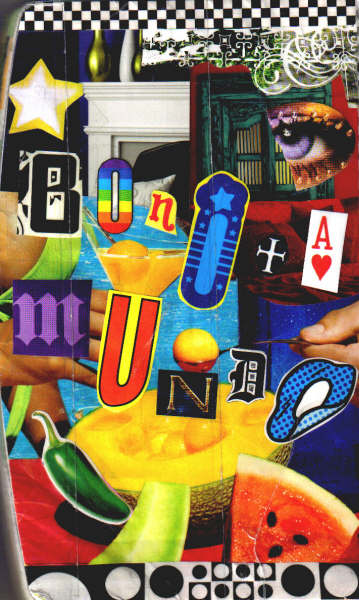





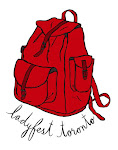

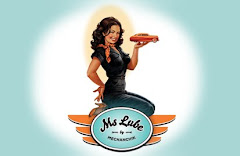
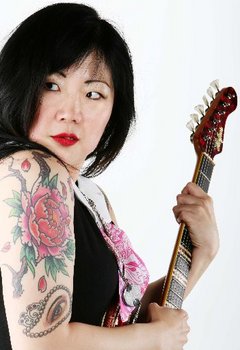
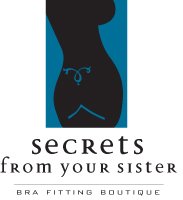
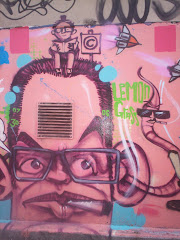




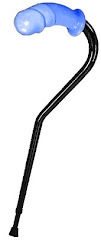
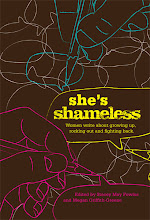
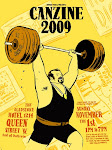





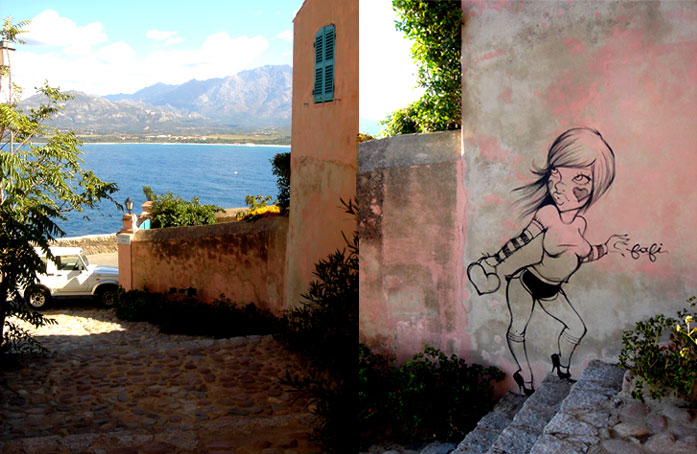
1 comment:
Thank You a ton for writing such a wonderful piece of information. Keep sharing such ideas in the future as well. This was actually what I was looking for, and I am glad to came here! Thanks for sharing the such information with us.
Post a Comment